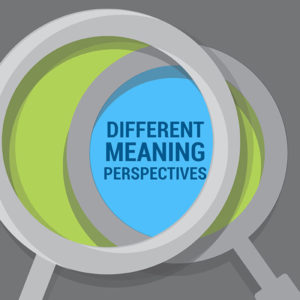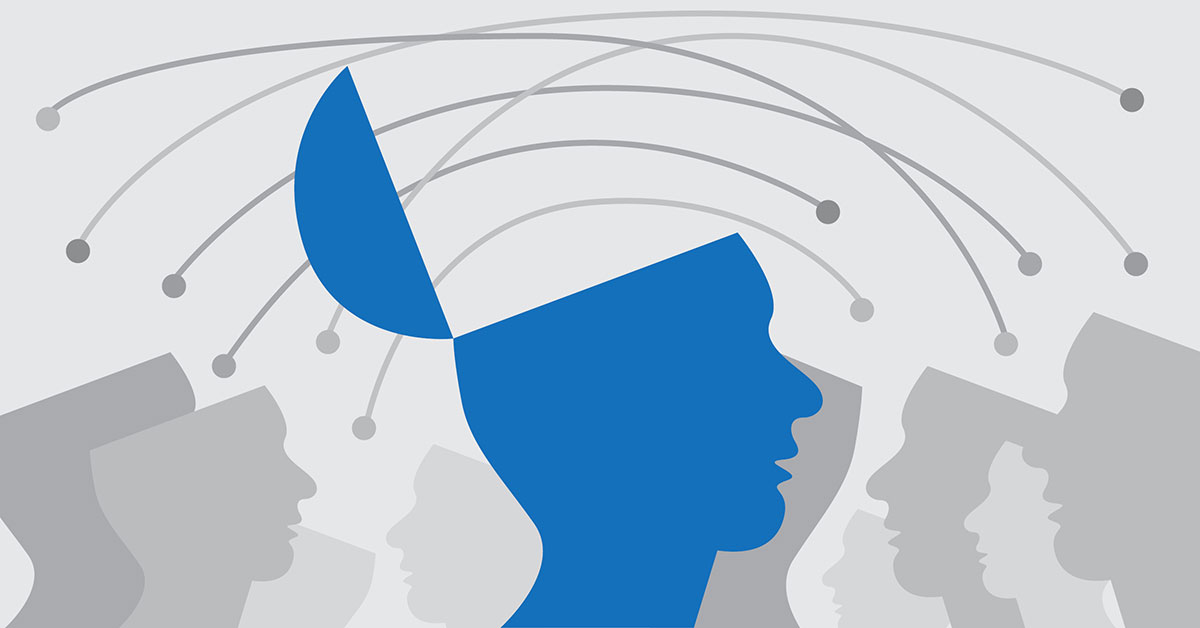Those who are interested in educational pedagogy are likely familiar with the term “transformative learning.” It’s a widely accepted approach to adult education. But what does it really mean? And how do you get past the jargon and theory to put it into practice? Let’s explore it a bit more and consider practical applications for individuals, institutions, and business environments.
What is Transformative Learning?
Transformative learning is an educational theory outlined by Professor Jack Mezirow in the mid-70’s and critiqued, debated, and revised over time. It pairs a constructivist learning perspective – the idea that meaning is constructed from experience and internal understanding – with the importance of communication and reflection. Using these learning approaches, students challenge their “meaning perspectives,” which are the unconscious ways we view the world. Meaning perspectives are our personal points of view, including what we believe about ourselves and our abilities, what we believe about the world and society, and what we believe about knowledge and how it is developed.
Mezirow believed that for adults to engage in transformative learning, they need to undergo a “disorienting dilemma,” or a situation that challenges their personal world view. This process may be difficult and even painful, but those who are open to it can begin to develop a new world view. This new world view is then internalized and put into action.
The meaning perspectives could be simple, such as the notion that a certain process is the best way of completing a task. They can also be much more profound, such as beliefs about class, race, religion, and gender. Either way, they are deeply held and often go unquestioned by the individual.
Facilitating Transformative Learning
One of the primary challenges in adult education is that meaning perspectives can be barriers for students to accept  the information presented. If the teaching fits into a student’s world view, the information adds to their overall perspective, likely even reinforcing it. If it does not fit into the world view, students may reject it. But an educator cannot force a student to have a transformative learning experience. They can only provide the environment, tools, and encouragement to pave the way.
the information presented. If the teaching fits into a student’s world view, the information adds to their overall perspective, likely even reinforcing it. If it does not fit into the world view, students may reject it. But an educator cannot force a student to have a transformative learning experience. They can only provide the environment, tools, and encouragement to pave the way.
In order to facilitate transformative learning experiences, educators should:
- Create safe environments for students to share their perspectives on the material
- Design engaging ways of presenting information so that students can construct their own meaning, such as by role plays, simulations, case studies
- Encourage students to discuss the material presented with each other
- Provide a platform for reflection, including space to explore any changes to their original perspectives
How to Implement Transformative Learning?
Knowing what transformative learning is and putting it into practice are two entirely different things. Here are some concrete ways to encourage transformative learning strategy in a variety of settings, including problem-solving, training and education, company culture, personal development, and leadership.
Problem Solving
Getting stuck in personal meaning perspectives can be a barrier to solving problems efficiently and effectively. Whether working through something as an individual or in a group, it’s a perfect time to open the door to transformative learning.
- Do an initial brainstorm of ideas
- Challenge personal assumptions about the “right” way of doing things
- Be open to making mistakes
- Look for novel solutions from other sources, especially those outside of the field/culture
- Reflect on what worked, what didn’t, and why

Training & Education
Adult education is where the discussion of transformative learning began. While it may seem that brick and mortar classes are better suited for some of the techniques, with a quality learning platform, online education has some benefits over traditional settings. These include time for students to develop their thoughts and replies, room to challenge personal beliefs without “losing face,” opportunities for students to refer back to previous discussions, and tools for highly engaging content like interactive simulations, video case studies, and available information for deep diving. Skill-up Technologies helps institutions create these sorts of learning environments that incorporate the best tools available on the market.
Whether online or off, educators will want to:
- Ask students to share their initial thoughts on the subject
- Provide tools/opportunities for discussion and debate
- Use engaging activities and/or rich media to further connect with students
- Allow for continued discussion and debate
- Ask students to reflect on the activities and discussion and how those may have impacted their thoughts on the topic
Corporate Culture
Learning doesn’t end when students graduate. Building a corporate culture that uses transformative learning principles can create teams that are nimble and innovative. Leaders can do this by providing experiential learning opportunities and modeling an open-minded growth-mindset.
- Create mentoring and job shadowing programs
- Facilitate meetings so that all parties are able to engage and share ideas
- Encourage individuals and teams to take risks; treat failure as progress and growth
- Encourage collaboration across teams to broaden perspectives
- Engage employees in activities that challenge the status quo, such as thought-provoking documentaries, speakers, field trips, and experiential learning games
- Provide safe spaces for employees to reflect on and discuss recent projects
Personal Development
For many with a passion for life-long learning, transformative learning will come naturally. Others may struggle as they alter their own preconceived notions about what it means to be an adult learner. But since transformative learning is inherently an individual process with support from others, it lends itself well to personal development.
- Be open to changing your personal perspectives
- Push your personal boundaries through travel, trying new activities, meeting new people
- Read
- Connect with other people from different cultures and walks of life
- Keep a journal for ideas and reflection

Leadership
In order to build a corporate culture that includes transformative learning, it’s essential to lead by example. But beyond that, narrow thinking and closed minds inhibit innovation and growth. Adopt practices that force you to rethink your methods and beliefs on a regular basis:
- Tour other business (similar and different) to see their leadership structures and corporate culture
- Join a mastermind group with a diverse set of peers to share ideas and learn from each other
- Engage with employees; listen to their ideas and perspectives
- Spend time working in different parts of the company
- Read, attend conferences, watch TedX talks, seek out new ideas and perspectives
- Set aside quiet time for reflection, both as an individual and with the leadership team and employees
Transformative learning may feel at times to be nebulous, but it doesn’t need to be. Whether you’re an educator, a leader, or just a person who wants to grow, there are concrete ways you can broaden your horizons, connect with others, and create a new world view.


